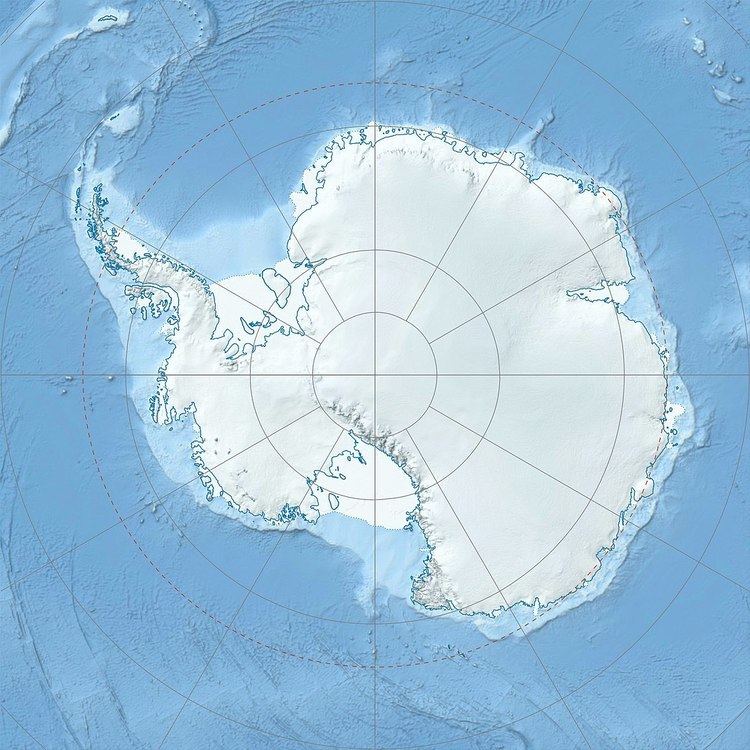Country Antarctica | ||
 | ||
Mountains Mount Hook, Fierle Peak, Mount Malville, Kester Peaks | ||
The Forrestal Range (83°00′S 049°30′W) is a largely snow-covered mountain range, about 105 km (65 mi) long, standing east of Dufek Massif and the Neptune Range in the Pensacola Mountains of Antarctica. Discovered and photographed on January 13, 1956 on a transcontinental patrol plane flight of U.S. Navy Operation Deep Freeze I from McMurdo Sound to the vicinity of the Weddell Sea and return.
Contents
Named by the US-ACAN after the USS Forrestal, first supercarrier of the U.S. Navy. The entire Pensacola Mountains were mapped by USGS in 1967 and 1968 from U.S. Navy tricamera aerial photographs taken in 1964.
List of mountains
List of geographical features
References
Forrestal Range Wikipedia(Text) CC BY-SA
